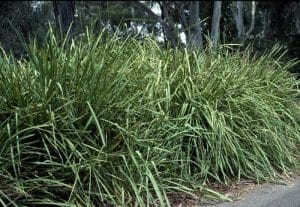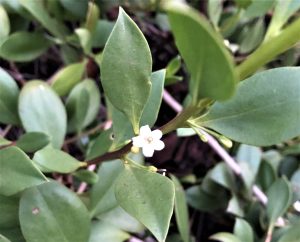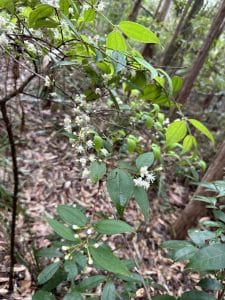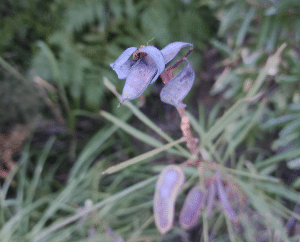
If you ever ask me what my favourite flower is, it wouldn’t be something too rare or even specific. I might even say a different flower each time I’m asked. But one thing is for sure, and that is Acacias are most often my favourite. Acacia suaveolens have clumps of small round flowers that smell divine- a smell so lovely that it’s reflected in the name- suaveolens is the Latin word for “sweet smelling” and its common name is “sweet wattle”.
Aside from the beautiful scent, a feature I love about this acacia are the seed pods, which turn a blueish-purple and can be flat or start to twist a bit, pictured in the above image I captured when visiting Evans Head, in Northern NSW.
A suaveolens occurs naturally on sandy soils in heathland and coastal areas as well as dry sclerophyll forest, from Southern Queensland, all the way down the coast to Tasmania.
Like some other Acacia species, the leaves fall off quite early- you may notice that on juvenile trees, there are tiny little bipinnate leaves. The larger leaves that start coming through are phyllodes- the modified petiole that performs the same photosynthetic and respiratory functions as a true leaf. Drought tolerant phyllodes are considered to be an adaptation to dry, Australian conditions and nutrient-poor soils.
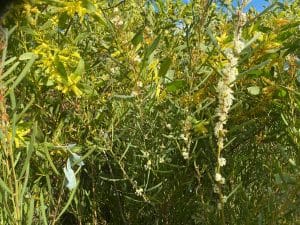
Dense growth of A longifolia and A suaveolens at Saltwater Point, 3 years after severe bush fire.
A suaveolens only reach about 3 meters, and like many acacia species are relatively short lived. In some areas, like Saltwater Point NSW (pictured), Acacia species have shown rapid growth post bushfire. Their seeds are stored in the ground and they germinate quickly, benefiting the post-fire recovery as they are excellent at restoring nitrogen back into the ecosystem.
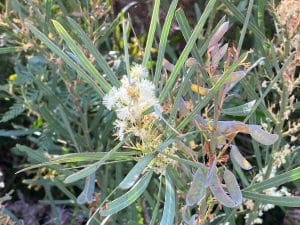
The slender leaves, purple pods and creamy flowers of A suaveolens.
Propagation is relatively easy and can be done by soaking in boiling water overnight, then gently push them into some seed raising mix and position them in a sunny place.
References:
Patterns in emergence of Acacia and Grevillea seedlings after fire January 1995 Proceedings of the Linnean Society of New South Wales 115:5-15
https://www.anbg.gov.au/gnp/interns-2006/acacia-suaveolens.html


